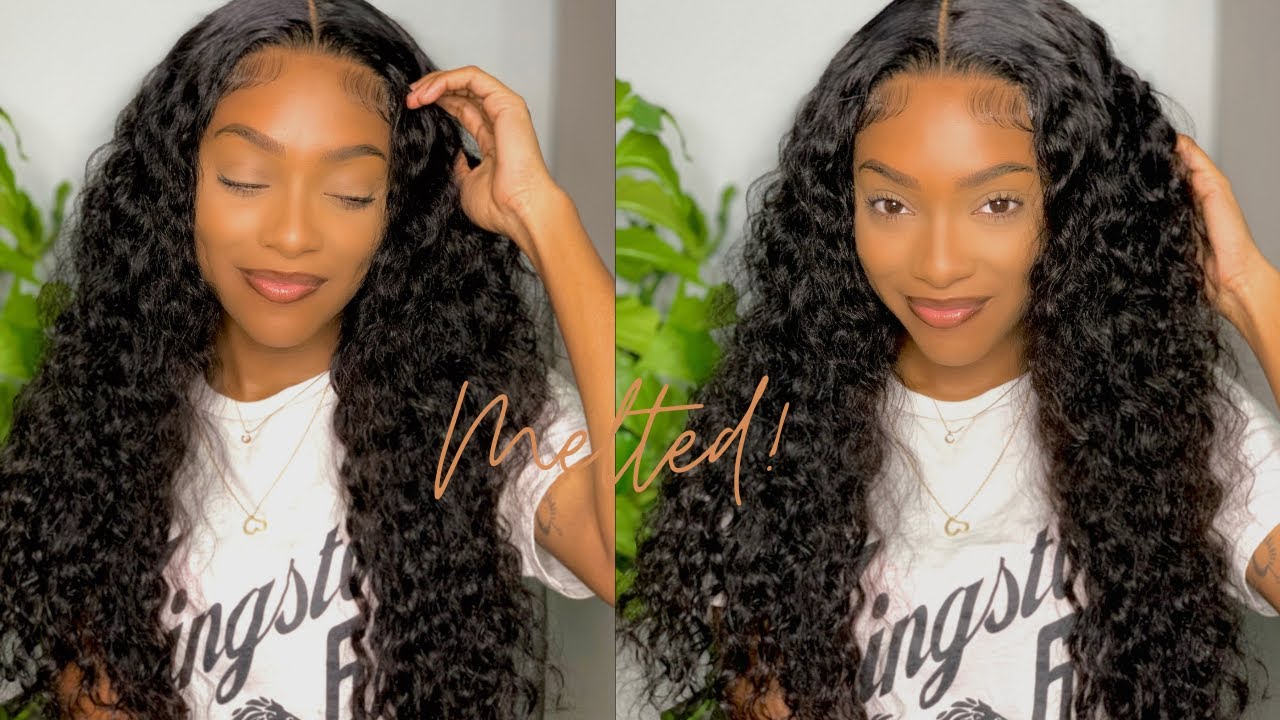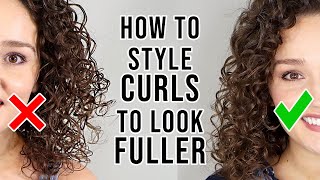Cutting And Making A Lace Closure Net Yourself: Easy Guide With Clear Illustrations
- Posted on 29 November, 2022
- Lace Frontal
- By Anonymous
Are you a beginner or pro ventilator and you are wondering how closure lace or closure net is made and cut to the different sizes while leaving an allowance? This video accurately explains how a closure lace or net is cut into the different sizes, the exact measurements used and how to manage lace so as to maximize profit. It is beginner friendly, self explanatory and very detailed. It also uses paper illustrations to break down closure lace/closure net cutting to the very beginning.
Any questions can be asked in the comment section and I will do well to answer it as best as I can
Things required
Swiss lace for closure ventilation
Scissors
Chalk
Measuring tape
Masking tape
Office pins
Time stamps
0:00 introduction to lace cutting during closure ventilation
0:34 explaining the structure of a closure lace for ventilation
2:08 explaining the measurements when cutting a closure lace for ventilation
6:02 cutting the closure lace for ventilation
10:08: how to properly mark a closure before beginning ventilation
Current subscriber count: 1.13k
Goal: 1500
Pls do help me reach my goal by smashing that subscription button
#closureventilation #hairventilation #closuremaking
So I got a lot of questions on how I cut the lace of a closure and just basically on ventilation in general. So I decided to make this into a series where I just explained everything: ventilation - and this is going to be the first part of the series yay and I titled this - how to cut the lace of closure.. Here I'm making a four by five closure here, but the method I'm teaching here applies to all sizes and forms of closures when cutting the lace so watch out for this series and when you're done with this do check out the other videos. Thank you. So i decided to come here and do more or less like a paper illustration of how a closure is.. So this is the net that we are working with here and i am doing a 4by5 closure.. The first thing i am going to do is to draw the box drawing the box. Basically is the lace, the area we are working with so lets do that. closure, for, if mainly for closure, making normal - and this thing mathematics is length times breadth. We do for normal Mass, but for closure making is breadth times length, meaning this four is the breath. While this five is the length. So when I say four, I mean four by five: do you understand so yeah? It'S four, and here is five, so the width is four well, the length is five. I went for a five because, like I said earlier in the video, the five is like: if you do four by four, the four by four departing, usually Chopper, because base will take a while take a number of spaces. So five is mixed. Doing length. Five makes the pattern kind of longer, so usually you line up for four by five, rather than the four by four, when I'm advising so. Basically, this is a four by five, so let me explain how it's cut when you're cutting this thing. You know it's from Back to Front that is placed the space from Back to Front you're, leaving a 0.5 inch allowance round 0.5 inch 0.5. The main gets the function. You need one inch, so that's usually that space you see in front. So that's that big space extra net that you see in front when you buy a new closure. This is a one inch space, while the rest of them is 0.5 into meaning. It'S a 0.5 inch allowance here. It'S a 0.5 inch allowance here and then there's a 0.5 inch allowance round. These normal patterns are just the spaces in which you will sew the bundles on up. You know when you're making a wig you have to leave some kind of little little spaces where you sew, and this thing works very close to the closure, but you don't show on top decolution. So if you don't leave this space here, you have to sue October. Decoration, this is a pre-cut unit, and I think this is five by five I'll, be six by six. This precautinus usually has spaces in which they've shown do you understand so when they say the five by five five is just from here so yeah, then these extra pieces that you showed these are the extra allowances in which we are living here at this extra allowance Is where you sew the bundles on top? So if you're using a precautions, you don't need to go through this whole process of leaving this extra allowance. But since we are not using the precautions and we are cutting our own net From the Block net, then you have to lift extra allowances. Does that make sense so I've? Given you the structure of how a closure is having this in mind when you're cutting it? This is a 0.5 inch allowance added to the length. This is a 0.5 inch allowance added to the lens. This is a one inch allowance, so you're adding a 1.5 inch. That'S one inch plus 25. Should you understand so you're adding a 1.5 inch allowance to the length of any size of closure you are making and then this is a 0.5 inch allowance. This is a 0.5 inch alarm, so you're, adding 0.5 or 0.5 is gone, so you're adding one inch allowance to the breath so, while you're adding 0.8 1.5 to the length you're adding one inch to the breath, someone might ask: where did 1.5 on the let's? Let'S come from enough at the back you're leaving 0.5 inch at the front you're leaving one inch. One inch plus 0.5 is 1.5 inch. Then, at this this left hand side you're using 0.5 inch at the right hand, side you're, leaving 0.5 in so 0.5 into 0.5, is equals to one inch for the breath so for any closure making out any closure size you're cutting your leaving one inch for the Um this thing for the breath and 0.5 inch of the length meaning if you are doing two by four closure. You know I told you it's breath times length his bread times, length not length times press. So, if you're doing two by four closure, what you are cutting in length is three by five point. Five, do you understand if you are doing in four by four closure, what you are going to be cutting is a five by six point. Five one inch to the breath and 1.5 inch to the lens I've wasted this page. Now that we are doing a four by five closure, we are adding a 1.5 inch to this length, so what we are cutting is a five by six. You understand so, when you measure this footing just so that when you're cutting it you're cutting the length to the 6.5 while we are cutting the breath to 5.5. So, by the time you minus all the extra allowances, it's going to give you exact four by five measurements. Do you understand what I'm saying so with this illustration in mind, we are good to go to cut the lace and the first now usually just to put the masking tape on the Block head. This particular one was already masking tape there. So I just put more to extend it simply because I was working with a wide closure and I needed the masking tape rewind and saw the holes in the closure can show. So this is the list I'm working with this is a transparent, sweet sleeves. I usually opt for this color of the seriously, simply because I can use a listing or a listing tools or something to tint it to the client shade. The Next Step, then, is going to be the cutting of the lace. So, like I said earlier, it's a four by five closure. I'M doing so, I'm going to be measuring it a five by a 6.5 because of the extra allowances I'm going to be adding so having that measurement in mind, you're just going to Mark the the areas 45 and the areas for the 6.5, then you cut. I want you to have something in mind when marking the net you're marking the net in a vertical manner, meaning the whole Zone in the on the list. They are played their arranged in a vertical mile, so you have to ensure that the holes are really in that vertical manner. Before you cut the lace, if you don't do that, you will not be able to work with the net because the net is going to be useless, as you cannot ventilate the closure when the Nets are when the net was not caught in a vertical manner. So having that in mind, you just take your measurements and once you're sure that okay, yes, the measurement is accurate. You can cut it, you don't need to make the net very smooth and stuff, because the extra alarm so in case there's any issue with the net of stuff. It'S going to affect just the extra allowance and not the main side of the net, and if you notice, I'm cutting at the edge of the net, I'm not cutting in the middle of the net. This is simply because I'm trying to manage the Nets, these laces are quite expensive and you just cut it at the edge just so the net is not going to waste and you can still use it reasonably for other closures, like a half yard, a minute can Make over like 10 to 15 closures, if I'm not exam, if, if not more safe, because you manage the net properly, The Next Step here is going to be cutting the parts that I was already marked. You know, I told you once you measure the parts of the net that you will know, you're going to be working with with a chalk. You just mark it, and then you cut it's important to note that, since this is a pre-cut, and this is a full yard of lace, maybe some the edges of the net may be frayed. The edges of the Nets may be cut in a certain Manner and stuff. It'S. You can easily skip those parts, but in a station where you cannot skip those parts because maybe it's you're managing the net or something it doesn't matter, because it's a 0.5 inch alarms at the edges. So it's not like it's going to affect the closure itself. Do you understand so in case there are holes at the edge of the net, because that typically happens. You just know that okay, those that is only going to affect the extra allowance and not the main net. So having that in mind, you just cut it and you're good to go afterwards. What I usually do here is, I just take out my scissors, and I smoothing out the already cut leaves in a situation where maybe, when we're cutting the lace it Bend or just to ensure that it's a little bit straight to just smoothing it out and stuff. It'S not composure, but it's just always best. You basically have to place the net on top the block head very put your mask into. If you have to place the nail to the pin it on all the angles, smoothing it out, and basically all that. So if you've watched my previous video, I will link that video, where I will see you guys how to make it so guys. You realize that what's making a 2x4 closure, I'm making a five by five closure, it's kind of the same. If I was making a two by four closure, I'm making any kind of pleasure it's kind of the same. The only difference is that for this other kind of closures, the front has a frontal effect, so you have to leave a space in front for the frontal effect. So, apart from that, it's kind of mistake, so yeah I'm just trying to show you guys how the marking of the closure comes out. Are you guys seeing the extra allowances then you're, seeing the center pattern? How I got the center pattern is dividing the breath into two. So if the breath is four, you divide it into three. If it's six, you divide it into two, so we're dividing four into two you're getting two and two: is the left two easy right: that's how you get the both sides, then the middle of it is how you get the center pattern. See the physical illustration on the closure itself, so if you're asking how I get my Center pattern, that's exactly how I get my center part now. I can make the center pattern wider, depending on how you want it to be when it comes to the base. You divide one side of the two into two and that's to give you one and one so you're dividing one side, that's you're, dividing the left hand side into two to get one and one so the parts that you get you mark it as the middle and You'Re drawing that slant that that diagonal line, so that's how you get this shape by time, you do it. Let'S do it to the right you're getting this ship on the both sides, then the middle. So that's how you usually get this pattern that is formed on the base, if you guys can see it here. That'S how I usually get this pattern so after that what you would now ventilate all the base and you ventilate it towards the back. If you have any questions, just leave it down in the comment section and I'll be I'll, be very, very nice. To answer your questions, then you get to the body of the closure. I told you like guys. I are doing 10 lines of Base. So all the 10 lines of base is going to the back, after which you're doing your body of your closure for your body of your closure. Okay see the base here, I'm just showing you guys how the base came out here, though I stay ventilating here, but I'll show you guys how the base came out then, after the body of the closure here, the body of the closure, I'm doing a diagonal pattern. I'M using the diagonal pattern, all going slant, slant, slant, slant, slant and that's basically, how you get your body of the closure. Initially, it doesn't get to the center pattern. It goes like three or four lines before it gets to the center button, but once it gets to the center pattern you can it continues that way. So by time you ventilate and you get your body of the closure. You close the closure. If you don't close the closure, you will not be able to do the frontal effects, because it's going to just look funny after you close the closure, then you get to the frontal effect you're, going to Mark a 1.2 inch space for the frontal effect now. Runtime effect, part I'll still explain it to the next video. This is the plain net area we had. I had done only one or two lines of base, and I just came to show you guys the marking on the closure itself. If you guys see the space we went to place where I told you you're going to do a diagonal pattern for the base the slant line, then you can see the center pattern. Then you can see the 0.5 inch allowance all around. Then you see the one inch allowance in front. This is just basically the pictorial illustration of how the pattern of the closure looks like in the next video I'm going to be explaining a detailed explanation of how I made this 5x5 closure so do check it out. Thank you.





Comments
Ofonagoro Chioma: Very detailed and explanatory I think I am going to be loving the series, can’t wait for your next video
Mathias Joyce: I love your voice... The way you explain I just love your videos. Please I wouldn't mind having your contact
Akaruese Oludewa: Nwa teacher
Serwaa Charlotte: Please this you sell some of the net